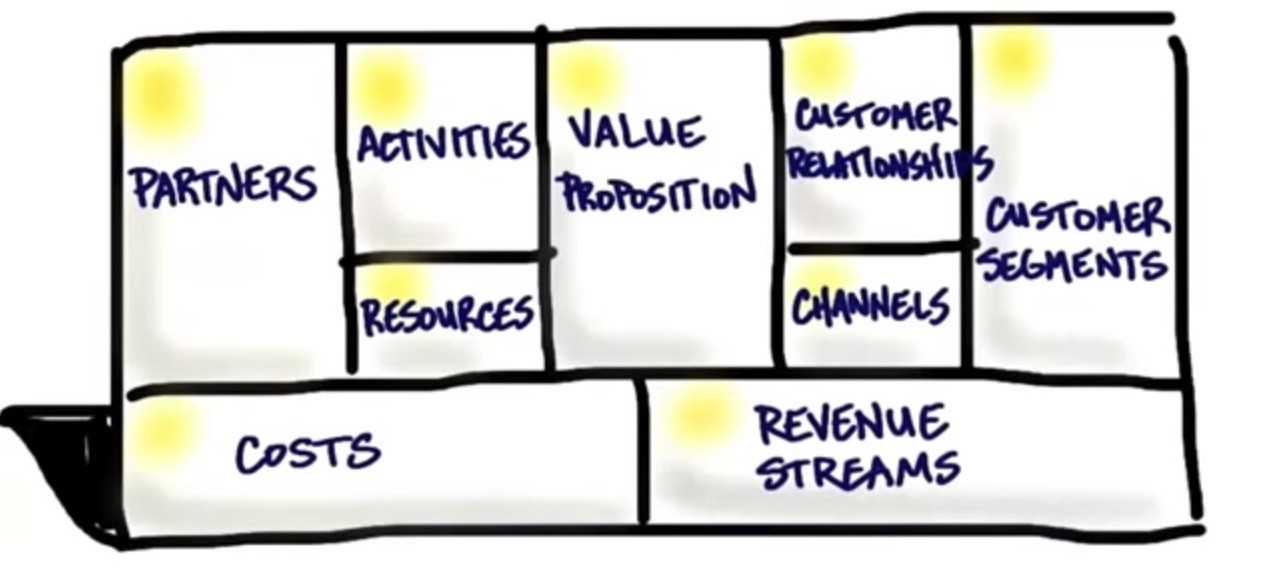Blog
Why are PMOs too often destined to fail?

Author: Kris Chennaiah, MBA, PMP
In today’s dynamic and technology-driven business environments, why is the PMO – the one constant intended to promote quality and organization throughout the project, the very cause of that project’s demise?
Let’s examine the underlying issues followed by some feasible solutions.
Perception and Design: The PMO is traditionally seen as an administrative and reporting function that often acts as the “middleman” within that cushy layer between senior management and individual project teams. In this capacity, the PMO is responsible for enforcing guidance communicated by the senior management, and bridging the communication gap. Too often however, the responsibility tilts toward “enforcement” and disregard for bridging the needs and objectives of the teams. The term “PMO cop” represents this flaw. Once the PMO achieves this perception of cop, it is often rejected and even resented by the project’s team members responsible for executing the work.
This flaw in the PMO’s perception and design is further exacerbated by this entity’s staffing of inexperienced professionals capable of carrying out menial administrative tasks.
Inability to Monitor Project Requirements and Timelines: Beyond administrative functions and reporting, PMO members are often required to “sit-in” working sessions and status meetings between the project’s team leads and client stakeholders. However, without proper guidance and direction, the PMO member sits idly by taking incoherent meeting minutes that are afterwards revised and shelved. In these cases, the PMO does not receive the adequate guidance to understand the project’s activities performed by the team’s advisory/technical staff. A greater degree of understanding of these critical activities and functions could enable the PMO to engage in meaningful collaboration between teams and to pool together resources to practice greater efficiency.
PMO’s value-add in this area will pay dividends toward enabling greater coordination between the project’s senior management and client expectations.
Lack of Investment and Guidance from Senior Management: Without the guidance afforded to the PMO in the form of continued training and learning, the PMO cannot achieve the status of “enabler” to communicate cross-cutting priorities and to ensure continued value to the client. Too often, priorities expressed by the project managers do not run in concert with the desired objectives and outcomes of the client. Conflicting priorities, requirements and timelines also run a danger to rework, overspending, and client dissatisfaction.
Senior management must be prepared to make the investment if the PMO is ever to grow out of its “cop” role and deliver real value as an influencer of decisions over project resources, requirements, and timeliness in order to prevent overlapping functions/activities and misdirected priorities.
Detachment to Project’s Progress and Activities: The PMO is not involved in the day-to-day activities and issues of the project, including demand for re-prioritization and changing client requirements. Without a close handle on the pulse of the everyday project dynamics, this lack of involvement will lead to festering disintegration among the project teams, breakdown of communication channels, and duplication of work that is misaligned to the client needs and objectives.
Without the PMO acting as an anchor of support and communication among the project teams, the project may experience a series of unfolding issues including lack of continued vision, spiraling costs, inconsistent deliverables, and low team morale – enough to derail its success.
But is the PMO to blame for the project’s failure? It is not. The PMO is only an entity acting on the whims of senior management, who are ultimately to blame for the flaw in its design.
To reposition the PMO as a supportive medium, one that promotes value-add to the project, senior management must exercise the following:
Focus on Quality: The PMO must shift its focus and perception from admin support or “cop” to “enabler.” Senior management must emphasize the PMO’s role in measuring quality of the project’s deliverables, continuous process improvement, customer satisfaction, and learning and growth among the team. In order to measure these areas, the PMO in coordination with the project’s management should establish key performance indicators (KPIs) to actively track each segment of the project’s health. Through a renewed focus on quality, the PMO can ensure its activities and objectives are properly aligned to the project’s success.
By not defining measurements over project quality, the PMO’s role as enabler is more difficult to perceive, ultimately leading to misunderstandings of the PMO’s role and involvement. This will altogether hinder the PMO’s ability to enable the project from realizing its potential in terms of adding value and customer satisfaction.
Coaching and Mentoring: Senior Management must rotate the PMO members to participate in the day-to-day meetings with stakeholders among the various teams. Project managers should offer real-time coaching to bridge the understanding between the functional and technical needs of the project, in order to enable the PMO to communicate across team lines and enable greater integration. Too often, this fails because PMO members are inexperienced and are left by themselves to understand the business-to-IT alignment and the technical jargon of the meetings with stakeholders.
Knowledge Management System: To be effective in delivering learning and encapsulating the project’s successes and lessons from previous missteps, PMO should contain a knowledge management system that offers the tools to support project teams to become more streamlined and efficient, and to prevent the duplication of work.
Bottom line: Project success is best reflected through a unified and clear vision, strong and capable leadership, firm handle of client expectations, and purpose-led roles and responsibilities. These elements serve as cornerstone to the PMO’s inherent responsibility to promote quality and organization throughout the project.





Leave a Reply